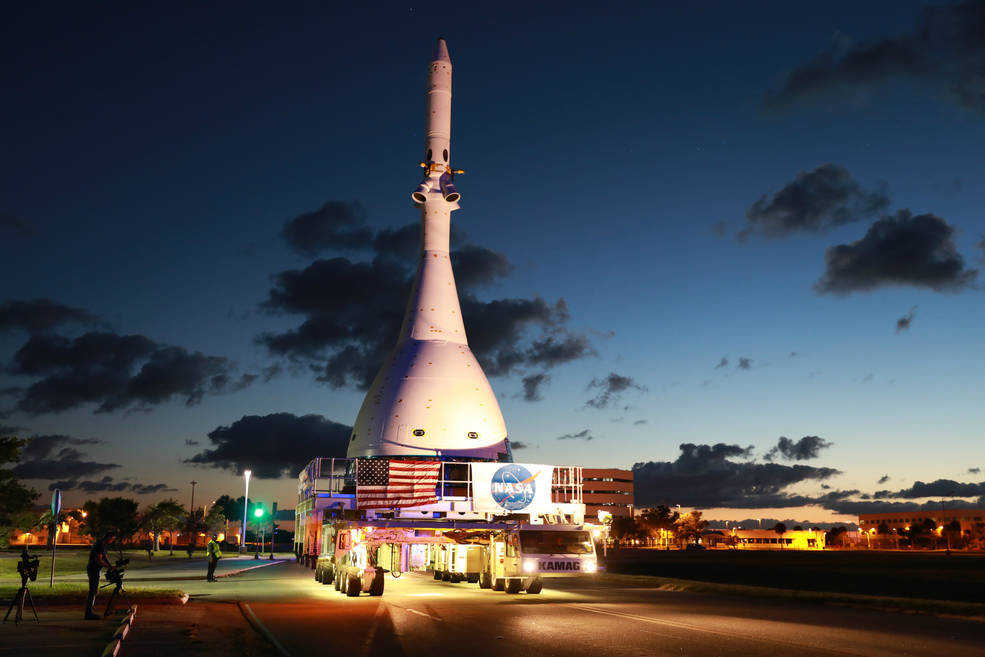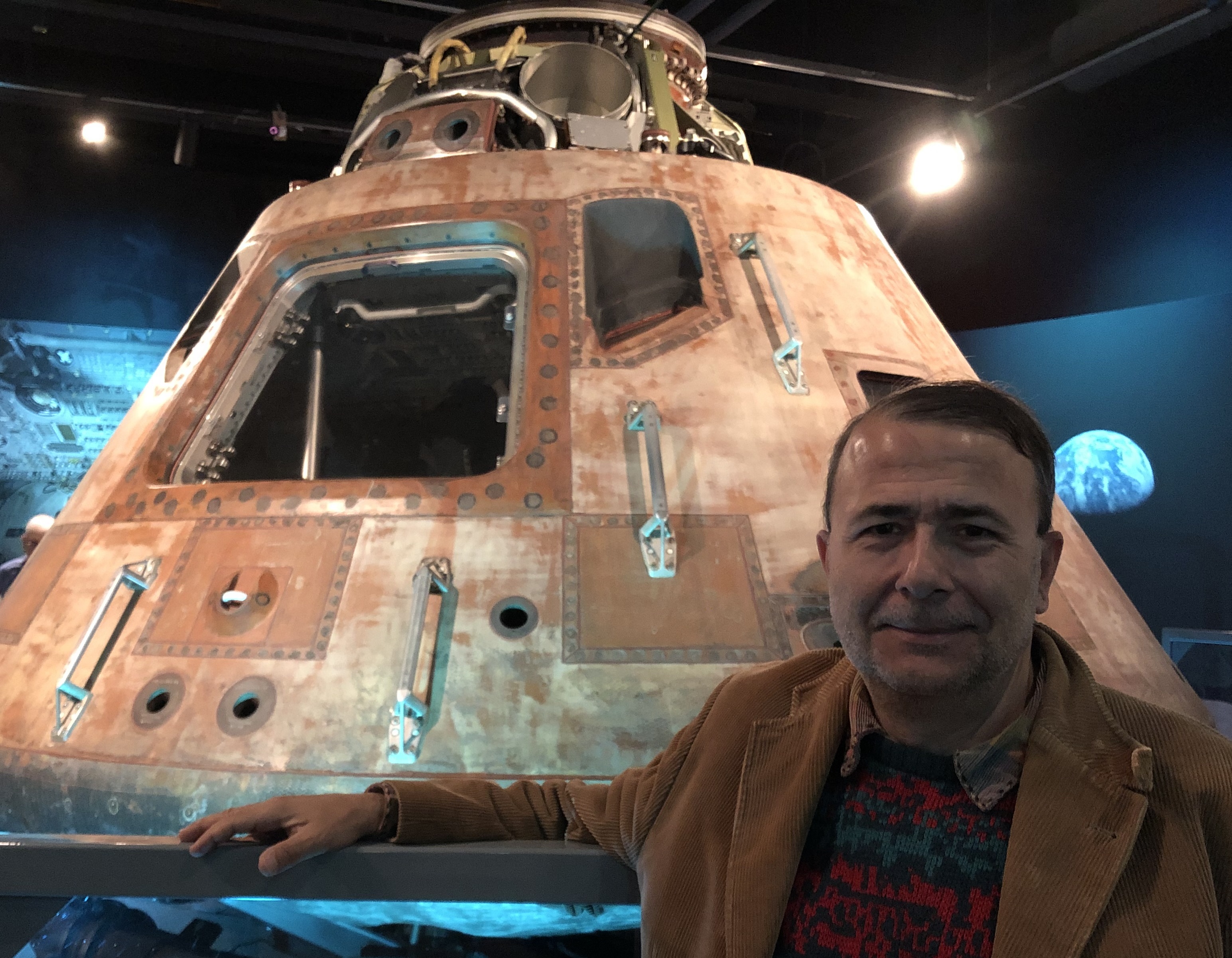Orion Capsule's Launch-Abort System: How It Works
You'll see it in action Tuesday (July 2).

CAPE CANAVERAL, Fla. — NASA's Orion crew capsule, designed to return astronauts to the moon, faces a critical 6-mile-high (10 kilometers) launch-abort test on Tuesday (July 2) — two weeks shy of the 50th anniversary of the Apollo 11 launch.
Orion will fly equipped with an escape system designed to whisk the capsule off a malfunctioning rocket and let it parachute to safety into the Atlantic Ocean.
The test will start with a solid-fuel rocket firing the spacecraft, which is protected by an aerodynamic shroud attached to the launch escape tower. The actual abort test will start 55 seconds after liftoff, Mark Kirasich, Orion program manager, said during a press conference on Monday (July 1).
Related: Orion Explained: NASA's Multi-Purpose Crew Vehicle (Infographic)
The shroud is composed of a lightweight composite material to protect the Orion crew module from aerodynamic stress and other phenomena during the first minutes after launch. Called the Launch Abort System (LAS), it is designed to activate in the event of a rocket malfunction, on the pad or in flight.
The LAS consists of three different types of solid-fuel rocket motors that will work in synchrony with one another. In case of a launch-pad or in-flight failure, the abort tower rocket provides 400,000 pounds of thrust, pulling the crew capsule away.
The LAS may be reminiscent of the escape tower used with Saturn 1B and Saturn 5 rockets during the Apollo moon program, but it is far more sophisticated, Kirasich said.
Get the Space.com Newsletter
Breaking space news, the latest updates on rocket launches, skywatching events and more!
Module orientation and steering are ensured by much smaller motors located near the top of the abort tower, which then set up and position the module for jettison of the launch abort system. The last LAS task is hauling itself away from the crew module.
As for the Orion capsule used in this test, it is not equipped with parachutes.
"We did that intentionally … in order to perform this test as early as possible, because we want to get the data," Kirasich said. "We want to inform the missions going forward."
Last October's dramatic Soyuz launch abort in Kazakhstan during a crewed liftoff toward the International Space Station (ISS) showed "us that we have to prepare for this, even though it's a low-likelihood of happening," NASA astronaut Randy Bresnik said during the press conference.
"It had been 35 years since anyone on the planet had had to exercise their launch abort system. That was definitely a good message to all of us that, 'Hey, this is serious stuff. This isn't just an OK, it probably won't happen,'" he added.
"We need to be ready because it has ultimate consequences if it doesn't [work] … and proving it tomorrow is huge for us, to be able to have that confidence that the whole system [that] was designed, works," Bresnik said.
"The mindset needs to be that this could happen, and we need to be ready."
Both Boeing and SpaceX crew capsules, which the companies are building to fly NASA astronauts to and from the ISS, use liquid-fuel engines to be propelled off a malfunctioning rocket, while on the pad and up to about a couple of minutes after launch. As in NASA's Orion, these privately built capsules rely on smaller thrusters to control their positioning in preparation for parachute deployment.
But these two private vehicles rely on a "pusher" strategy, with their escape engines built into the spacecraft themselves. Orion and the Russia's Soyuz spacecraft employ the "puller" method, with the engines temporarily affixed atop the vehicles.
Starliner and Crew Dragon will also deploy parachutes to enable soft splashdowns in the Atlantic Ocean. Starliner drops its thermal shield, too, so airbags inflate to soften the impact even further.
- Orion Spacecraft: Taking Astronauts Beyond Earth Orbit
- NASA's 1st Orion Spacecraft Test Flight in Photos
- Space Launch System: NASA's Giant Rocket Explained (Infographic)
Follow us on Twitter @Spacedotcom or Facebook.
Join our Space Forums to keep talking space on the latest missions, night sky and more! And if you have a news tip, correction or comment, let us know at: community@space.com.










